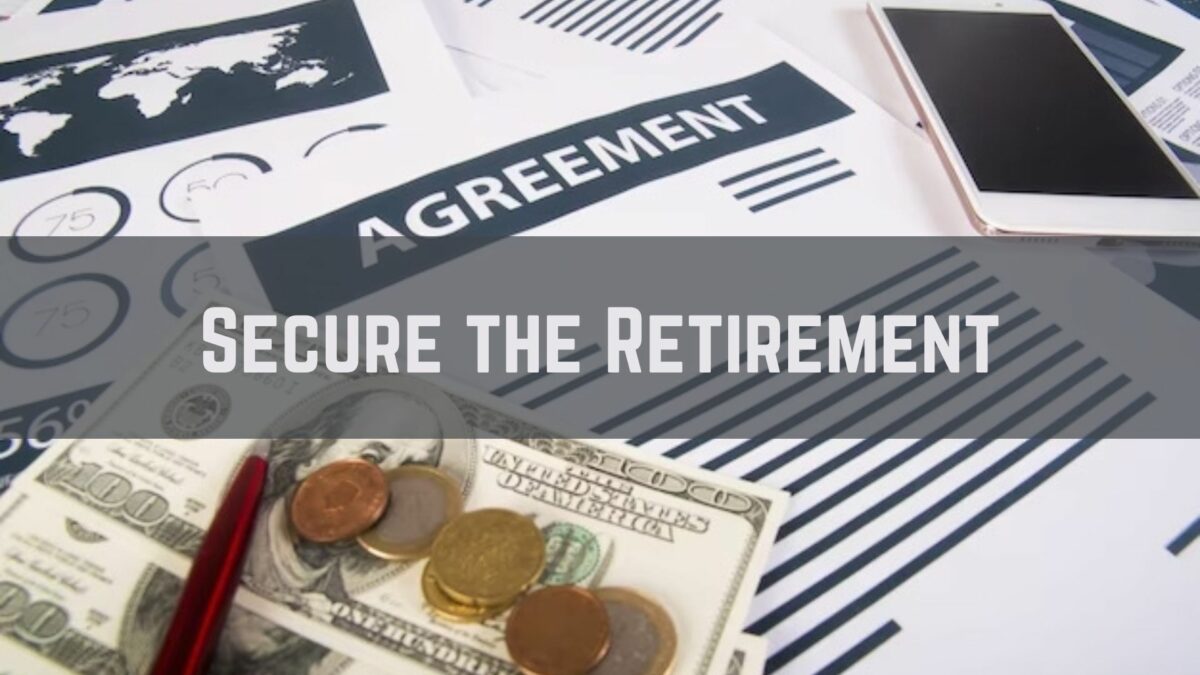“Retirement is just a nice way for the company to tell you that they have found more talented, youthful and skilled staff than you.”
–Unknown

Back in 1994, William Bengen came out with a seminal study evaluating just how much people could withdraw each year in retirement and not run out of money before they ran out of life. He did a historically-based simulation, called aftcasting, to see how much retirees could have safely withdrawn for 30 years and still had money at the end of that time period. Retirees who started retirement between 1926 and 1976 and invested in a 50/50 split of equities and fixed income could experience a wide range of withdrawal amounts without running out of money. If there was a bull market right after retirement, they could potentially withdraw over 8% of the initial starting portfolio value, adjust it for inflation each year, and not run out of money.
Salad days.
What he was more concerned with, though, was the lean times, when a retiree stopped working and contributing to his nest egg, and then hit a bear market or a depression.
In the leanest year, Bengen calculated that a retiree could withdraw 4.065% of his initial portfolio, adjust the spending each year for inflation, and not run out of money.
Rounded down, this number, 4%, because known as SAFEMAX, or the safe withdrawal rate (SWR).
However, there’s a missing piece of information from the SAFEMAX study that I have looked to fill in.
What is it?
Keep reading and we’ll discover some surprising findings.
When I worked at Capital One, they offered pretty generous bonuses for their mid-level and senior level employees. It was usually a mix of both cash and stock options and was based on performance from the previous year.
However, the bonus wasn’t paid until the end of January. Thus, in February, the company experienced a wave of resignations.
If you were going to leave Capital One, after all, why not wait until you got your bonus to give you notice? They wouldn’t pay the bonus if you weren’t on the payroll, so why leave thousands of dollars on the table?
While I don’t have deep experience with corporate America – the Army didn’t pay bonuses, and since leaving Capital One, I’ve been an entrepreneur – I imagine that bonus structures across most companies are similar: bonus checks come in January. The company that I co-founded and later sold pays bonuses in January or February, for example.
Therefore, if you were going to retire and there was a nice little bonus check riding on when you left, you probably wouldn’t leave at the end of the year.
Other employers who see employees retire based on years of service probably have retirees retiring throughout the year. My father was a policeman and my mother was a teacher. Mom retired at the end of a school year and Dad retired once he hit his 30-year service mark with the state patrol.
Most of my clients who have retired or are going to retire will not be clocking out on January 1 of a given year.
But, SAFEMAX was calculated as if every retiree retired on December 31 and started a life of leisure on January 1 of a given year.
My experience is that, while December 31 might be the most common last day of work, it doesn’t represent a majority of cases. It’s a plurality.
What about those other retirees? Does 4.1% still apply?
To answer this question, I conducted a historical simulation using monthly returns of the stock market, Treasuries, and inflation to see how much retirees who retired at the beginning of each month from January 1928 through October 1983 could withdraw based on their starting portfolio values.
A safe withdrawal rate is defined as the amount of money that you could withdraw annually at the beginning of retirement, adjusted for inflation, as a percentage of your initial retirement portfolio without running out of money for 30 years.
Thus, the commonly touted 4% safe withdrawal rate means that historically, someone who retired with $1 million could withdraw $40,000 in the first year and increase that $40,000 for inflation each year, and last at least 30 years without running out of money.
What I found is that the month of retirement matters.
The safe withdrawal rate I determined, based on 670 different retirement scenarios from January 1928 through October 1983 was 3.88%.
For someone who retires with $1 million, that’s a difference of $1,850 in the first year, or between spending $3,387.50 per month and $3,233.33 per month.
So, I will tout SAFEMAX as 3.88%; however, that’s just a headline number.
Let’s look at how often the safe withdrawal rate for these 670 historical retirees differs from the standardly accepted 4% rule of thumb.
Only 2.8% of the time did 4% fail retirees. I personally like to aim for 90% success rates in my Monte Carlo simulations; 90% of retirees who withdrew 4.32% still had money after 30 years of retirement. 73.1% of retirees could withdraw 5% or more and not run out of money.
While some, such as noted researcher Wade Pfau, whom I featured in an interview about annuities, have postulated that future safe withdrawal rates might be even lower than 4%, the reality is that we’re just protecting against truly worst case scenarios when it comes to telling you just how much you could withdraw from your portfolio when you retire.
The honest answer is that while monthly historical calculations tell us that the worst-case scenario is a 3.88% withdrawal rate, there is no truly ironclad, no sweat, never going to happen safe withdrawal rate. Just as the universe will one day end, there may eventually be a historical day when the markets breach that supposedly inviolable safe withdrawal rate.
I personally am not going to live in the financial equivalent of a bomb shelter stocking up canned goods for the rest of my life in the remotest of chances that we get attacked. Instead, take reasonable precautions and understand the risks that you are willing to take. Even if the calculations are off by a little, the “bad” outcome isn’t likely to be that bad.
None of us have crystal balls. We don’t know what the future holds. We can make our best estimations and have contingency plans in case our estimations are wrong. Then, we should live our lives and get as much pleasure out of each day as possible.
If the academic community picks up my research and decides that I didn’t make some monumental error (like including the returns of the Klingon stock market rather than the U.S. stock market), they may make some waves about a new SAFEMAX. I doubt it, but it might happen.
However, for everyone else, it should have almost no effect. Remember, I researched worst-case scenarios and uncovered a 1:50 chance that someone would be worse off by a little over $100 a month. There’s a better chance that my favorite football team will go undefeated than I’ll see one of those worst-case scenarios. Don’t let Monkey Brain whip out his calculator and fool you into taking drastically more conservative actions just because of my findings.
Author Profile
- John Davis is a nationally recognized expert on credit reporting, credit scoring, and identity theft. He has written four books about his expertise in the field and has been featured extensively in numerous media outlets such as The Wall Street Journal, The Washington Post, CNN, CBS News, CNBC, Fox Business, and many more. With over 20 years of experience helping consumers understand their credit and identity protection rights, John is passionate about empowering people to take control of their finances. He works with financial institutions to develop consumer-friendly policies that promote financial literacy and responsible borrowing habits.
Latest entries
 Low Income GrantsSeptember 25, 2023How to Get a Free Government Phone: A Step-by-Step Guide
Low Income GrantsSeptember 25, 2023How to Get a Free Government Phone: A Step-by-Step Guide Low Income GrantsSeptember 25, 2023Dental Charities That Help With Dental Costs
Low Income GrantsSeptember 25, 2023Dental Charities That Help With Dental Costs Low Income GrantsSeptember 25, 2023Low-Cost Hearing Aids for Seniors: A Comprehensive Guide
Low Income GrantsSeptember 25, 2023Low-Cost Hearing Aids for Seniors: A Comprehensive Guide Low Income GrantsSeptember 25, 2023Second Chance Apartments that Accept Evictions: A Comprehensive Guide
Low Income GrantsSeptember 25, 2023Second Chance Apartments that Accept Evictions: A Comprehensive Guide

